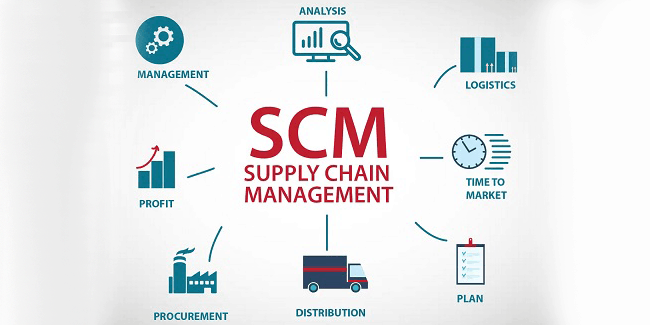The world of trademark registration search is constantly evolving, and with new technologies emerging and legal frameworks changing, it is important to stay up-to-date with the latest trends and predictions. In this blog post, we will explore some of the trends and predictions for the future of US trademark search, specifically focusing on what we can expect in 2023 and beyond.
Increasing Use of Artificial Intelligence
One trend that is expected to shape the future of trademark registration is the increasing use of artificial intelligence (AI) in the search process. AI technology can help streamline the search process, reducing the time and resources needed to conduct a comprehensive search. For example, AI algorithms can help identify potential conflicts more quickly by analyzing vast amounts of data and providing more accurate search results.
Expanded Use of Non-Latin Characters
Another trend that is expected to impact US trademark search is the expanded use of non-Latin characters. As the global marketplace becomes more interconnected, companies are increasingly looking to register trademarks in multiple languages and character sets. This presents a challenge for trademark search, as many search tools are designed to work with Latin characters only. In the future, we can expect to see more tools and technologies that are capable of searching for non-Latin characters, making it easier for companies to protect their trademarks in a global marketplace.
Increased Emphasis on Brand Protection
As the importance of brand recognition and protection continues to grow, we can expect to see an increased emphasis on brand protection in trademark search. Companies are increasingly focused on building strong brands that are recognizable and trusted by consumers. This means that trademark search will become an even more important part of the brand protection process, as companies look to avoid potential conflicts and protect their intellectual property.
Greater Emphasis on Customization
Another trend that is expected to shape the future of US trademark search is the greater emphasis on customization. Trademark search tools and technologies are becoming more sophisticated, allowing for greater customization and flexibility in the search process. For example, some search tools now allow users to specify their search criteria more precisely, such as searching for exact or partial matches. This customization allows companies to tailor their searches to their specific needs and identify potential conflicts more accurately.
Continued Growth of Online Marketplaces
Finally, we can expect to see the continued growth of online marketplaces and the impact that this will have on trademark search. With more businesses operating online, the potential for trademark conflicts has grown exponentially. Companies must be diligent in their trademark search efforts to ensure that they are not infringing on the trademarks of other companies or individuals. As online marketplaces continue to grow and evolve, we can expect to see an increased need for more sophisticated trademark search tools and technologies.
In recent years, there have been several high-profile cases that have highlighted the importance of trademark search and the risks of trademark infringement. As a result, we can expect to see greater emphasis placed on trademark search by both businesses and legal professionals alike. In addition, changes to trademark law, such as those related to the registration process or the enforcement of trademarks, could also impact the future of US trademark search.
Another factor to consider is the changing nature of business and commerce. As the world becomes increasingly digitized and globalized, companies are expanding into new markets and engaging with customers in new ways. This presents new challenges for trademark search, as companies must navigate a complex and rapidly-evolving landscape to protect their intellectual property.
Finally, the ongoing COVID-19 pandemic is also likely to impact the future of US trademark search. With more companies operating remotely and relying on digital technologies to conduct business, the potential for trademark conflicts has grown. At the same time, the pandemic has also highlighted the importance of brand recognition and protection, as companies seek to differentiate themselves and stand out in a crowded marketplace.
Conclusion
The future of US trademark registration search promises to be an exciting and dynamic landscape, shaped by trends such as the increasing use of AI, expanded use of non-Latin characters, greater emphasis on brand protection, and increased customization. However, it is also important to consider other factors that could impact the industry, such as changes to trademark law, the changing nature of business and commerce, and the ongoing COVID-19 pandemic. By staying informed and leveraging the latest tools and technologies, companies can protect their intellectual property and build strong, recognizable brands that are trusted by consumers.




